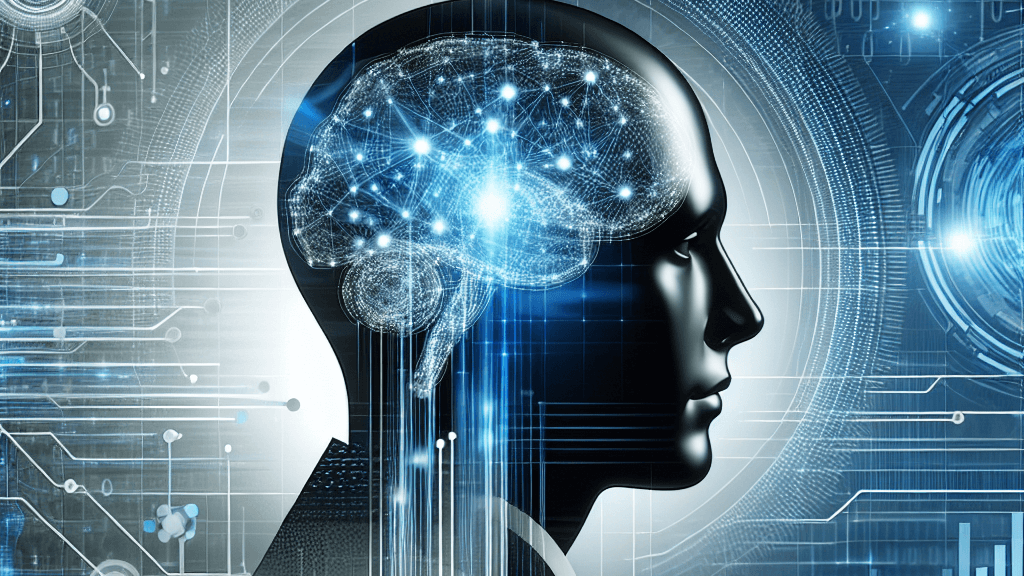Introduction: The Confluence of Artificial Intelligence with Creativity
The digital creative industry is experiencing a fundamental shift fueled by the exponential advance of artificial intelligence (AI). What used to take teams of experts and thousands of hours can now be accomplished in a matter of minutes — with accuracy, consistency, and sometimes even more originality. Whether you’re editing deep video timelines, including retouching high-resolution photos, or automating content workflows, the day has passed when AI was a supporting product and has become another creative in the team.
This post examines how AI is transforming three foundational building blocks of digital creativity—video editing, photo editing, and content creation—so that creators can make more compelling, higher-quality, more scalable content than ever before.
1. AI Video Editing: From Manual Cuts to Intelligent Storytelling
Video editing has always been a laborious burden. Choosing the right clips, syncing audio, color grading, and trimming each aspect of your footage by hand can be extremely time-consuming. This drudgery is largely now removed by intelligent AI video editors, who now do a lot of the work for you, automatically and smartly.
Key Innovations in AI Video Editing:
- Smart Scene Detection & Auto-Cutting:
Tools like Pictory, Magisto, and Runway ML analyze raw footage to identify scenes, highlights, and moments of silence or inactivity—automatically trimming them or highlighting key segments for faster editing. - Auto-Reframe & Platform Optimization:
With the explosion of vertical video content on TikTok and Instagram Reels, tools like Adobe Premiere Pro’s Auto Reframe automatically adjust aspect ratios to fit different platforms while keeping subjects in focus. - Lip Sync & Multilingual Avatars:
Lip sync AI platforms such as D-ID and HeyGen enable realistic lip-syncing with AI avatars. You can now dub videos into multiple languages without re-recording, making localization faster and more affordable..
- Audio Enhancement & Noise Removal:
AI tools like Adobe Podcast Enhance and Krisp remove background noise, level audio, and improve clarity—empowering creators to produce studio-quality sound from basic equipment. - Instant Captions & Subtitles:
Tools like Veed.io and Kapwing generate accurate, auto-synced subtitles in various languages, increasing accessibility and viewer retention on social media. - AI Music Generation & Beat Matching:
Platforms like Mubert and Soundraw generate royalty-free music that syncs with video cuts, creating a cohesive mood without the need for manual audio editing.
Impact:
AI enables video creators—whether solo YouTubers or professional editors—to shift focus from technical processes to storytelling, brand identity, and audience engagement.
2. Precision Transformation of Pixels Using AI Features
Years ago, photo editing was a skill confined to those who “knew their way around” Photoshop or Lightroom. Today, with developments in AI, whether one is an amateur or a professional, advanced image editing is possible.
Breakthroughs in AI Photo Editing:
- Breakthroughs in Free AI image generator tools like PhotoRoom, Fotor, and Canva offer eye-catching editing features that can do wonders in a matter of seconds, such as adjusting brightness and contrast, removing blemishes, and smoothing the skin for product photos, portraits, and other social media posts.
- Generative Fill & Contextual Expansion:
Adobe Photoshop’s Generative Fill uses AI to extend images, remove objects, or seamlessly fill gaps using surrounding content—ideal for digital artists and marketers needing rapid creative changes. - Face Swaps, Aging, and AI Restoration:
Apps like FaceApp and Remini use GANs (Generative Adversarial Networks) to transform expressions, simulate age, or restore old and pixelated images with impressive realism. - AI Sky Replacement & Atmospheric Effects:
Luminar Neo and Picsart allow users to replace skies or add weather effects with realistic lighting adjustments, elevating visual storytelling in travel, real estate, or lifestyle photography. - Color Harmonization & Branding:
AI tools like Palette.fm and Canva Brand Kit ensure visual consistency across multiple photos by automatically applying color schemes, filters, and styles aligned with a brand’s identity.
Impact:
With just a few clicks, creators can now achieve what used to take hours—enabling faster workflows and more visually consistent results across digital campaigns, portfolios, and social feeds.
3. AI in Digital Content Creation: Writing, Designing & Scaling Creativity
Beyond editing, AI is also changing the way content is conceived and produced. From scripting videos to automating social media calendars, AI has become a versatile assistant for writers, marketers, and designers.
Groundbreaking Applications of AI in Content Creation:
- AI Writing Assistants & Script Generators:
Tools like ChatGPT, Jasper, and Copy.ai generate blog posts, social captions, ad copy, and video scripts based on simple prompts, maintaining tone, SEO strategy, and consistency. - Text-to-Video Tools:
Platforms like Synthesia and Lumen5 turn written scripts into narrated videos complete with stock footage, AI avatars, and animations—ideal for e-learning, business explainers, or ad campaigns. - Social Media Scheduling & Optimization:
Buffer, Later, and Hootsuite use AI to recommend optimal post times, auto-generate hashtags, and analyze engagement metrics for continuous content improvement. - Localization & Multilingual Content:
AI translation tools like DeepL, Google Translate, and HeyGen’s dubbing capabilities allow global brands to reach broader audiences quickly, removing language barriers in digital media. - AI-Generated Presentations & Visual Assets:
Platforms like Tome and Beautiful.ai auto-design slide decks, infographics, and branded assets with minimal input—making presentations faster and more engaging.
Impact:
AI tools are helping brands and individuals scale content production without sacrificing quality, consistency, or creative voice—empowering small teams to operate like large agencies.
Conclusion: Embracing the AI-Creative Partnership
Instead of humans being replaced as creators, AI is emerging as a mighty assistant — boosting creativity, speeding workflows, and broadening access to professional-level tools. Those who tap into the power of AI will not just save time; they’ll access entirely new types of creativity. The question now is not whether to use AI, but rather how best to incorporate it ethically, creatively, and strategically. AI will be the conduit by which creators, marketers, and companies are able to work more intelligently as the lines between all of these disciplines continue to smudge and dream bigger and connect more deeply with audiences around the world.
